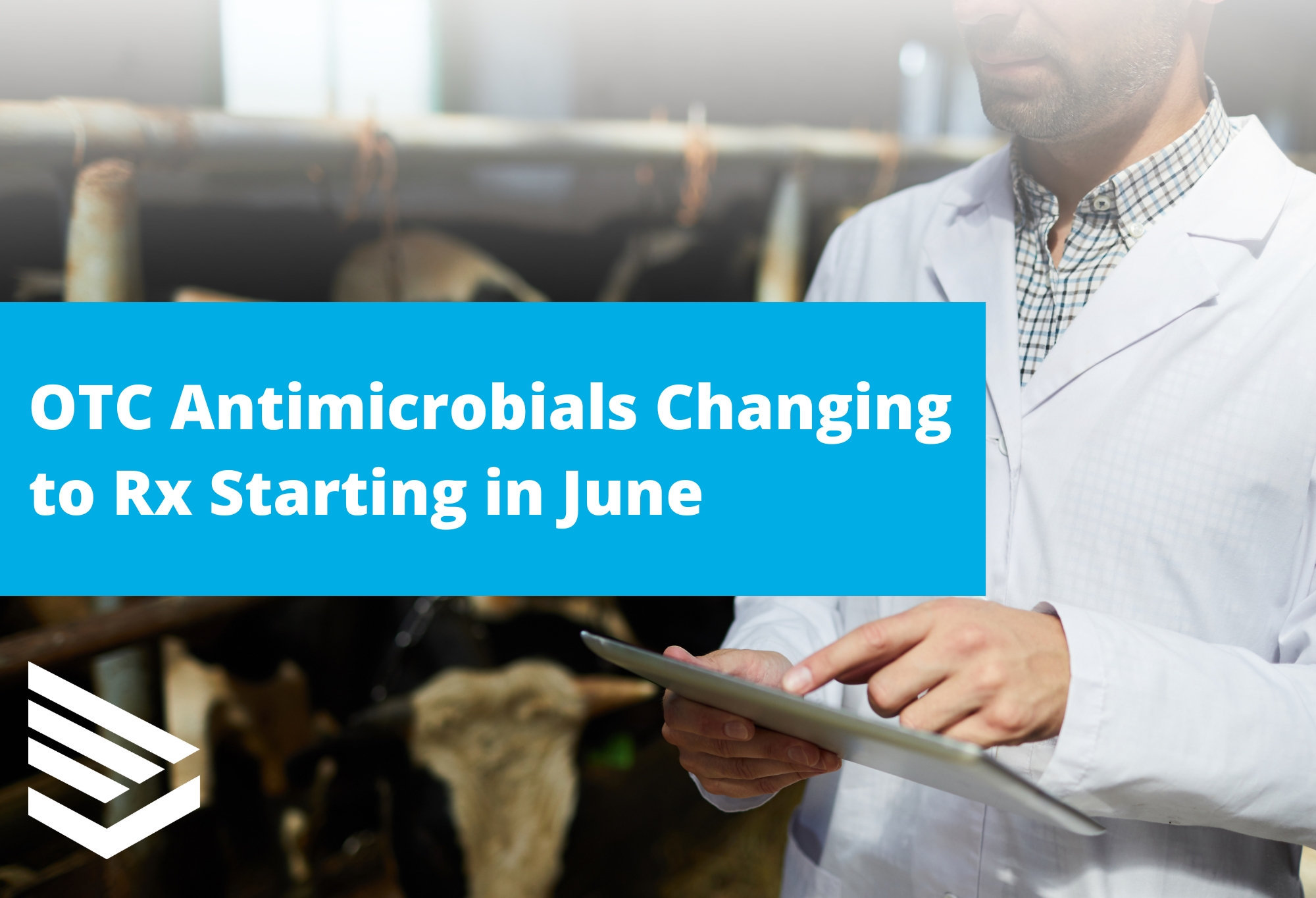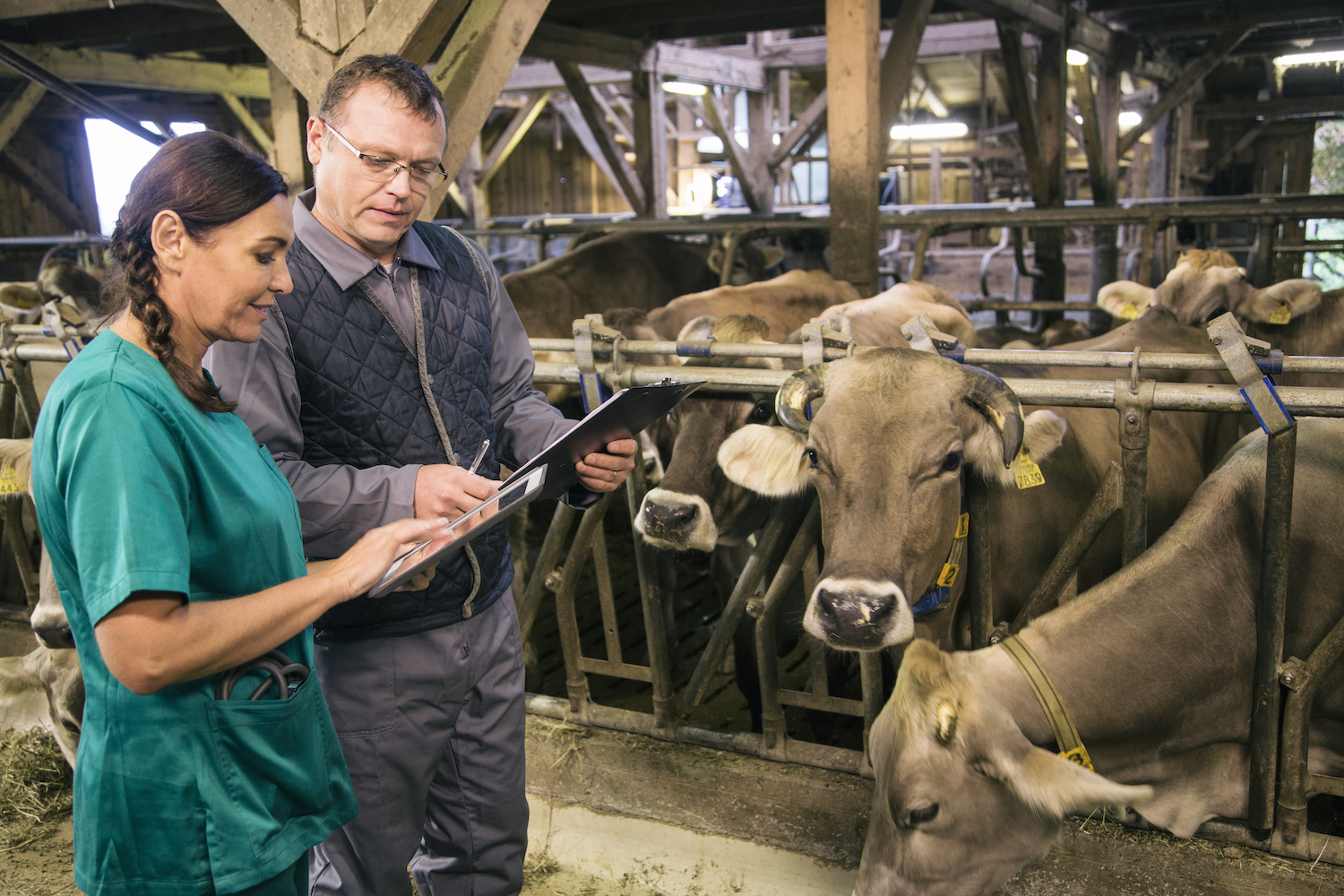Guidance for industry (GFI) #263 is part of a broader effort by FDA to combat antimicrobial resistance (AMR), a serious threat to animal and public health. Antimicrobial use in humans, animals, and horticulture can contribute to the development of AMR. Using antimicrobials judiciously in all settings, can help slow the rate at which AMR develops.
When animal drug sponsors make the voluntary labeling changes recommended in GFI #263, the relatively small number of medically important antimicrobial drugs that are currently available over the counter (OTC) would then require a veterinarian’s prescription (Rx). Obtaining these drugs under a veterinarian’s supervision can help guide the judicious use of antimicrobials and slow the development of AMR because veterinarians have specialized training and experience. Sometimes antimicrobial drugs may not be necessary for proper treatment or a different antimicrobial may be a better tool than the one you’re used to using. Providing animals with the most appropriate antimicrobial is more likely to effectively resolve the infection and reduce the need for repeated or extended courses of antimicrobial therapy. This will not only help to reduce AMR risks, but will help to ensure better health outcomes for animals and can also save time and money.
Collectively, all uses of antimicrobials contribute to the broader problem of AMR. FDA’s Center for Veterinary Medicine (CVM) is focusing its efforts on promoting the judicious use of antimicrobials in animals, but there are also efforts underway to ensure the judicious use of these products in human health care settings. For example, according to the CDC’s 2019 Antibiotic Resistance Threats report, in the United States human health care sector, 84% of U.S. hospitals report having a stewardship program meeting all seven of CDC’s Core Elements of Hospital Antibiotic Stewardship.
FDA supports judicious use of medically important antimicrobials in all settings. Labeling changes as a result of GFI #263 are one example of how we can assist farmers and ranchers to strengthen their stewardship efforts when using these drugs.
After animal drug sponsors make the changes recommended in GFI #263, farmers and ranchers would still have access to appropriate antimicrobials to address animal health issues by consulting with a licensed veterinarian with whom they have established a valid veterinarian-client-patient relationship (VCPR). Just because a drug is prescription status does not necessarily mean you are required to purchase it directly from a veterinarian. Although certain state requirements may also apply, you may be able to purchase prescription animal drug products from various suppliers or distributors with a valid prescription provided by a licensed veterinarian.
Although specific requirements vary by state, veterinarians are generally not required to examine each individual animal for which a prescription is issued, as long as the veterinarian has established a valid VCPR with the farmer or rancher that owns or cares for the animal(s) in need of treatment.
Establishing a VCPR generally requires, among other things, that the veterinarian has become familiar with the management of the animals on a given farm or ranch by examining the animals and/or visiting the facility where the animals are managed.
Farmers and ranchers may want to consult with their veterinarian to have a plan in place prior to the transition period, including a plan for getting access to appropriate antimicrobial products to address animal health issues when a veterinary visit is not feasible or not considered necessary by the veterinarian.
June 11, 2023, is the target date to introduce new Rx-labeled products into the marketplace.
GFI #263 has a two-year implementation period that begins June 11, 2021. To provide for a more predictable timeline for when revised (prescription) labels are expected to enter the market, we’ve asked that the affected drug companies make plans to ensure that, after June 11, 2023, all new product entering distribution channels be labeled as prescription products. FDA intends to allow existing inventory of OTC-labeled product that may already be in distribution channels to deplete.

